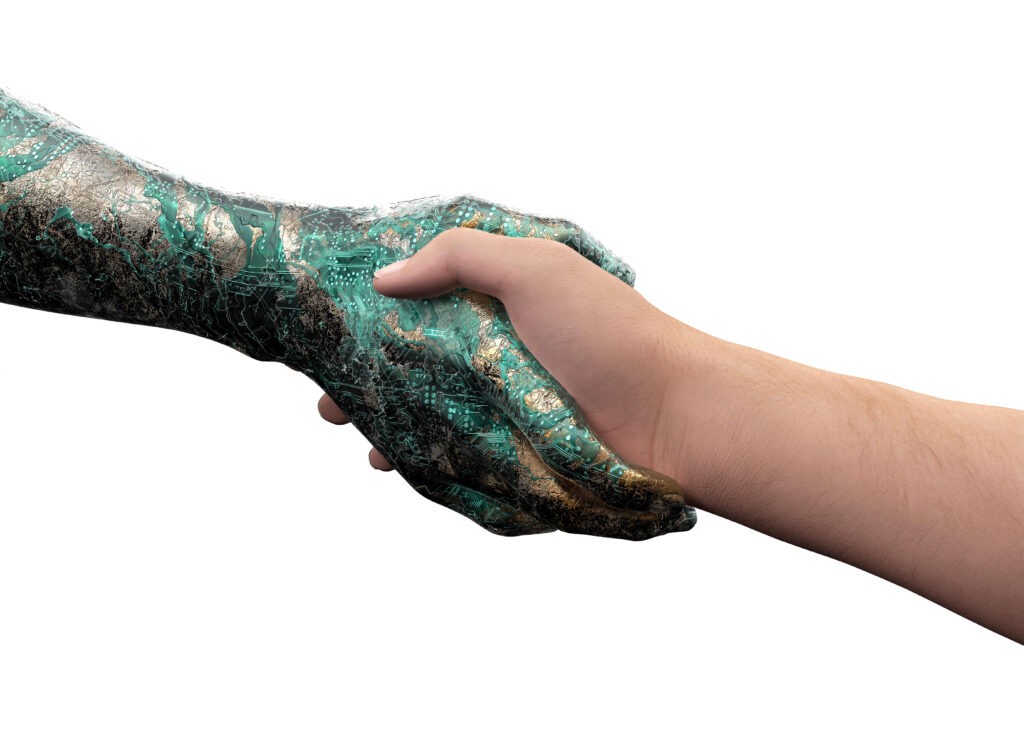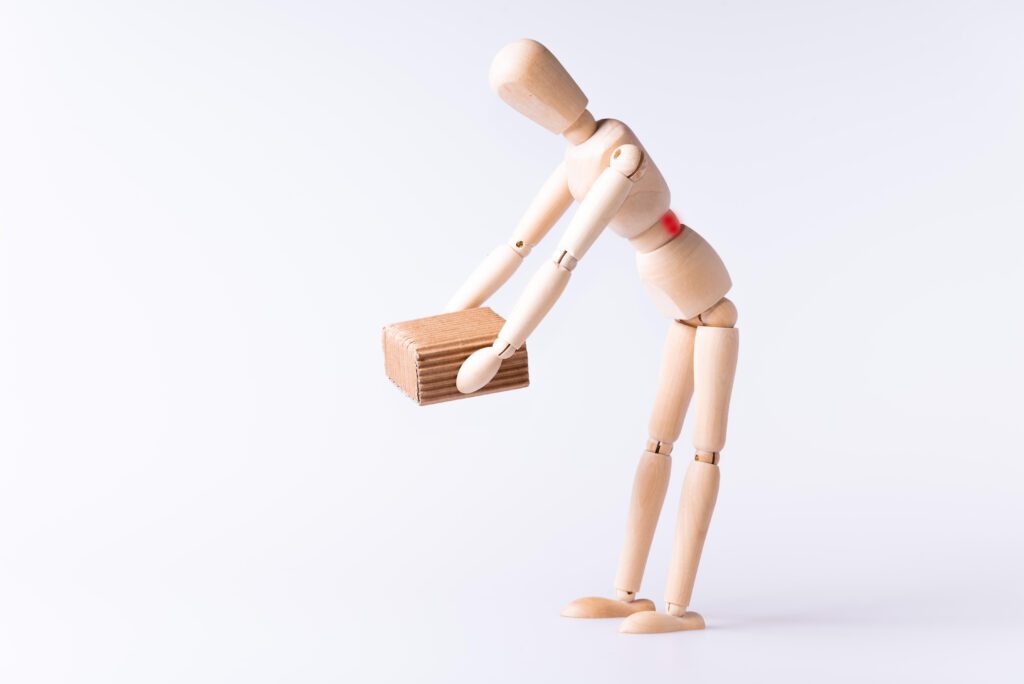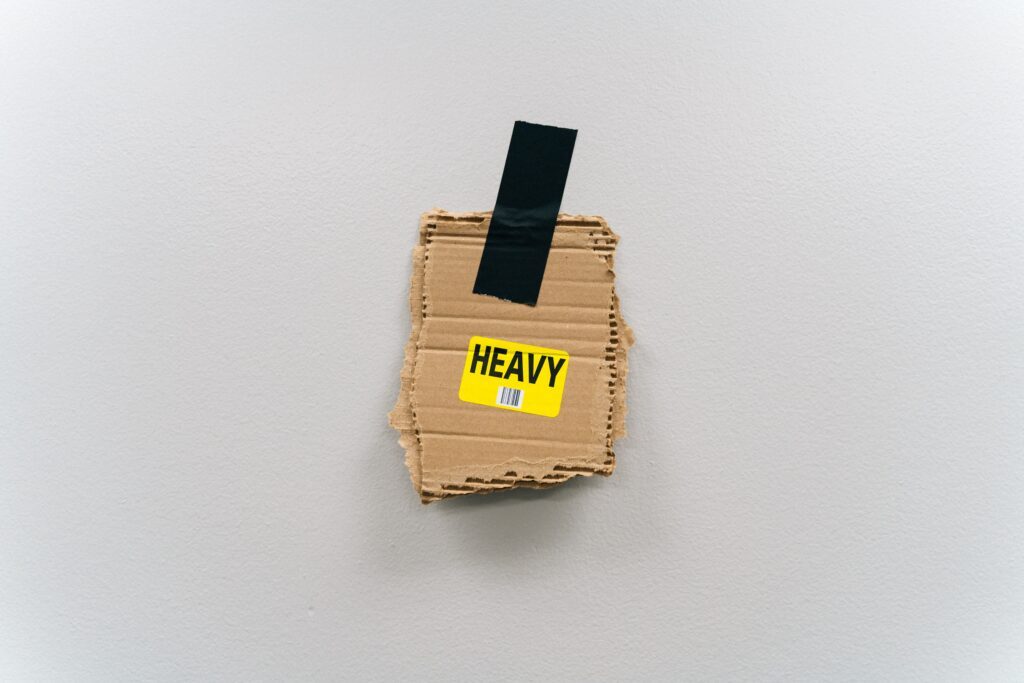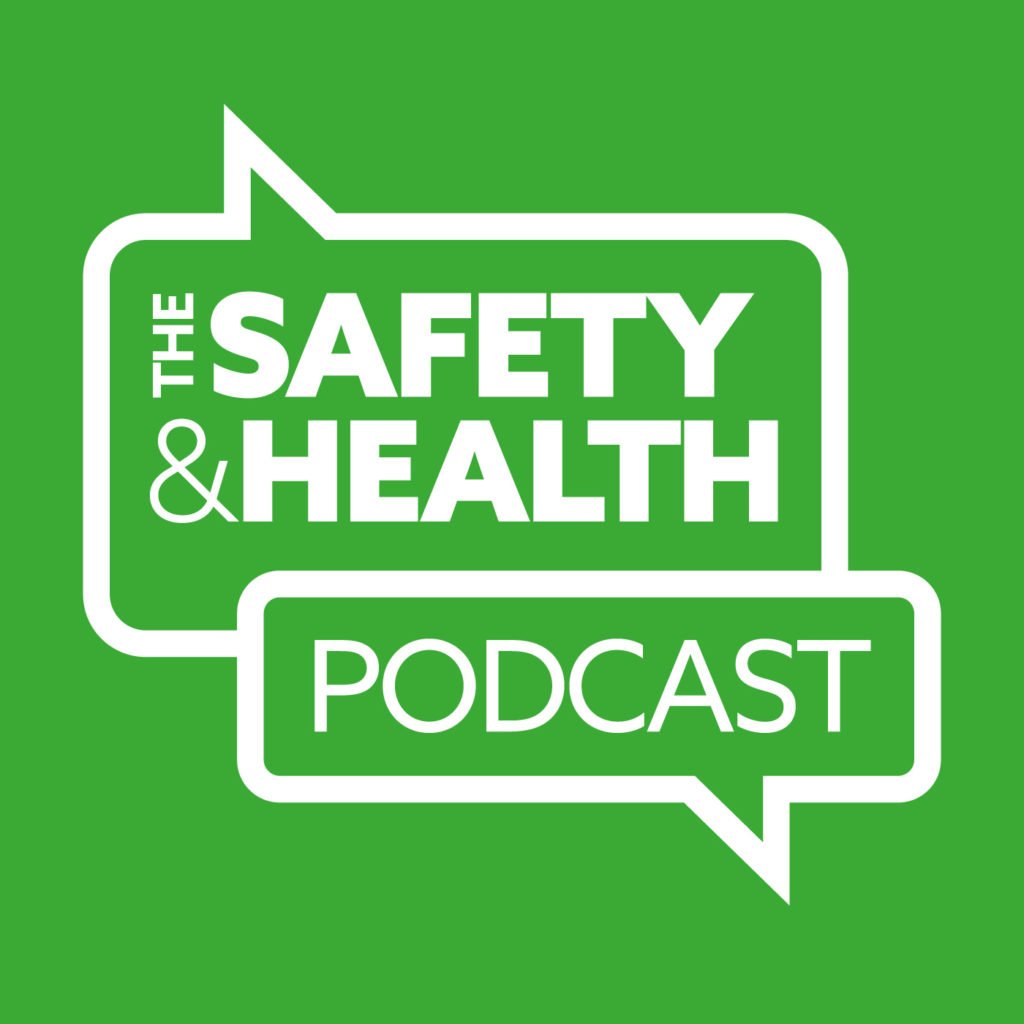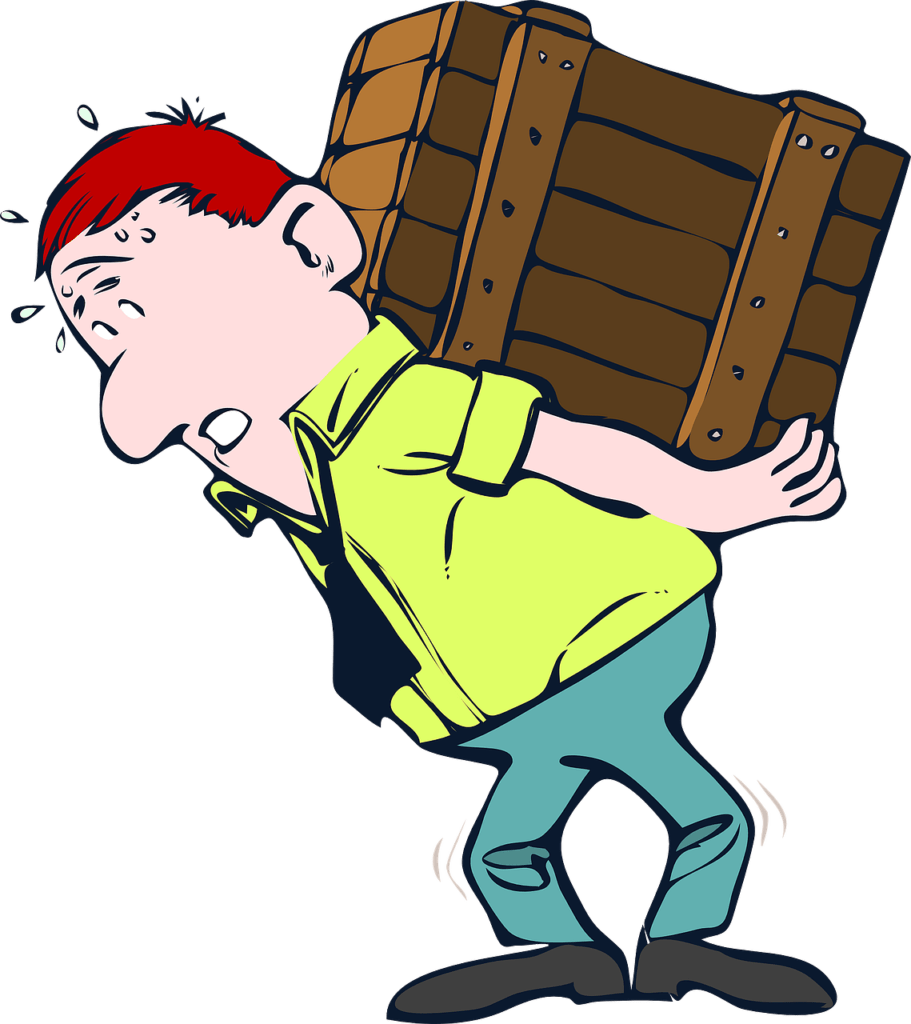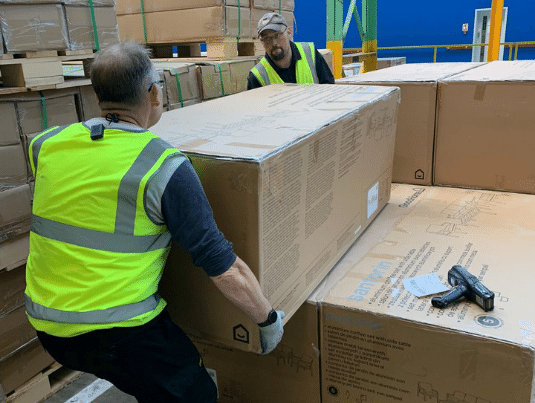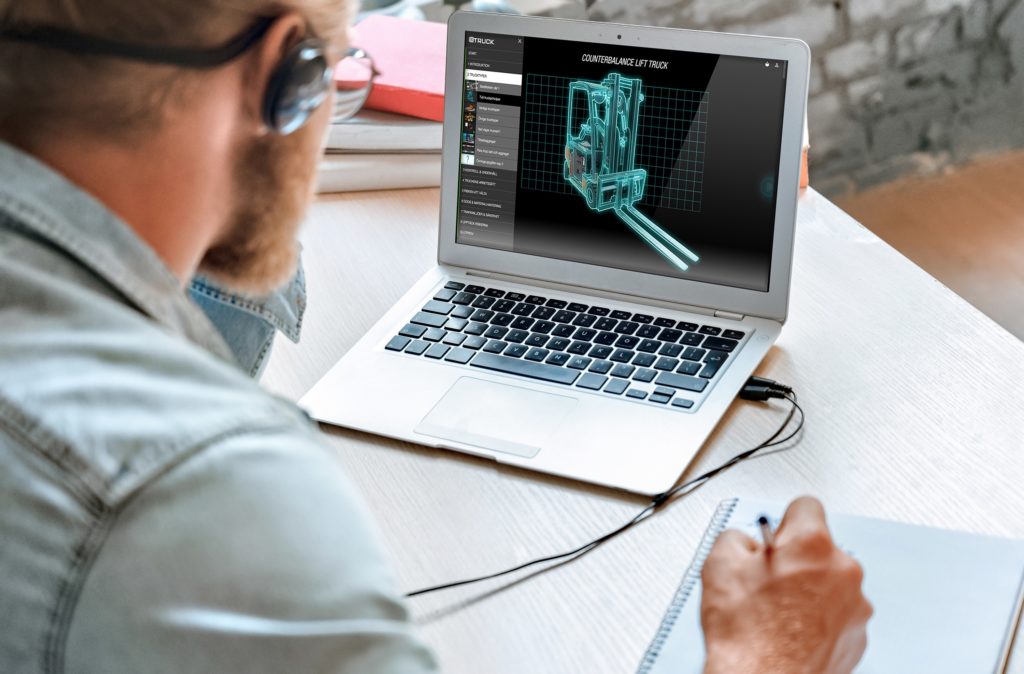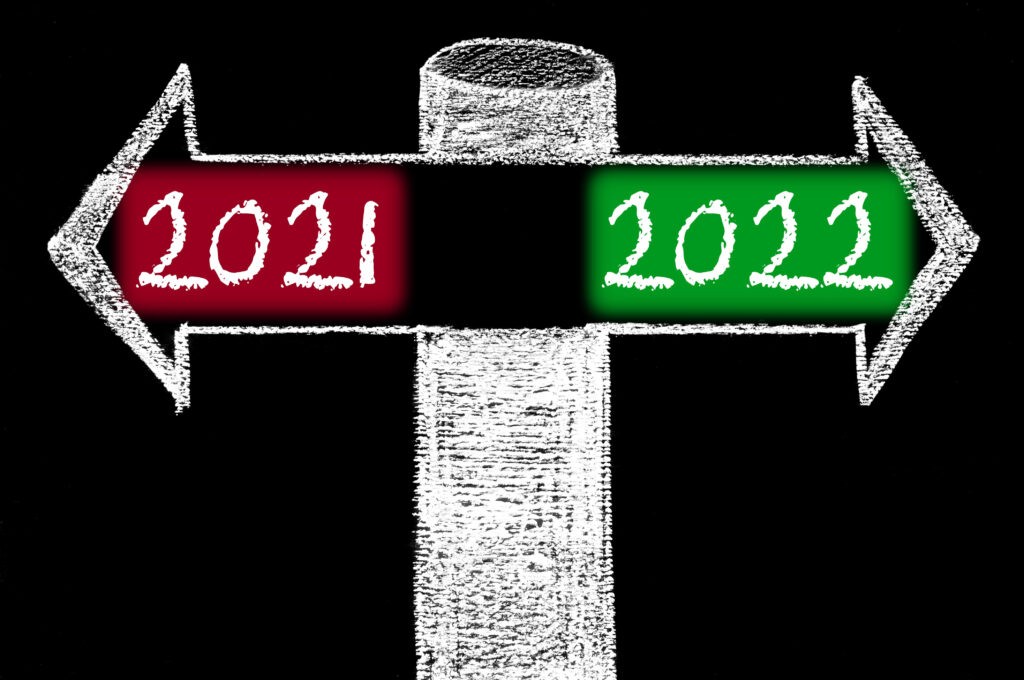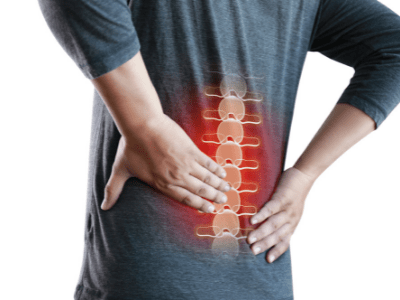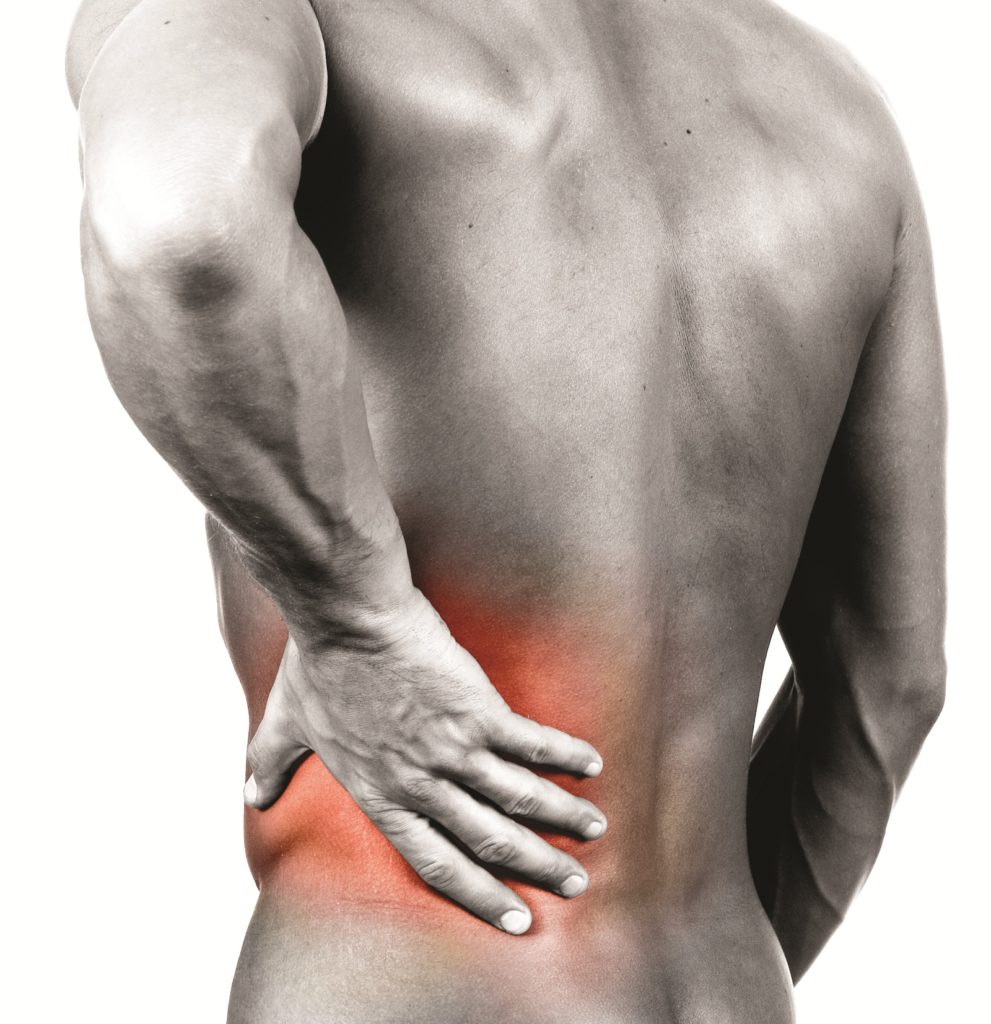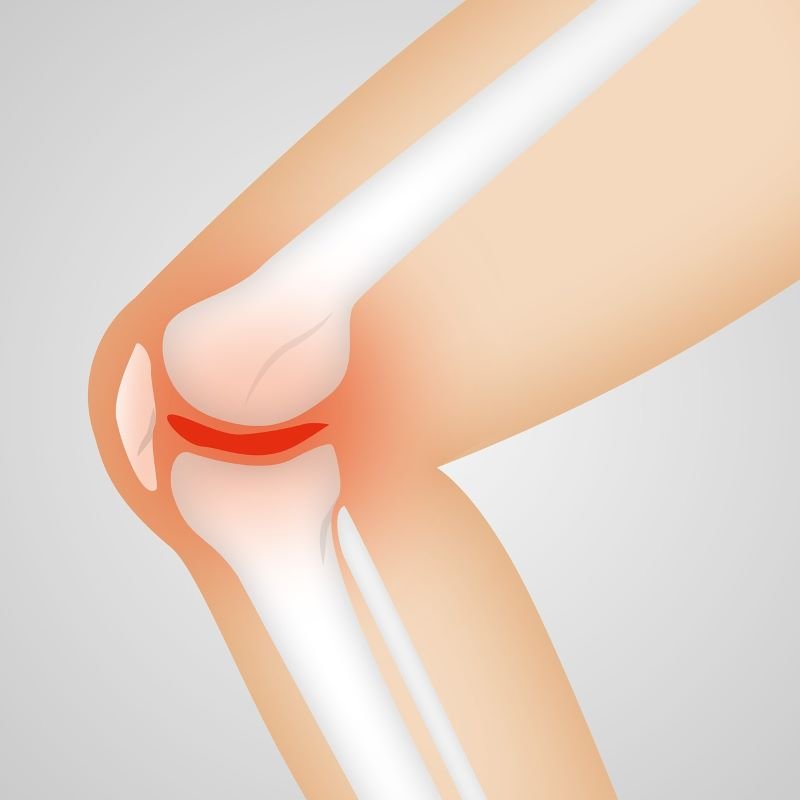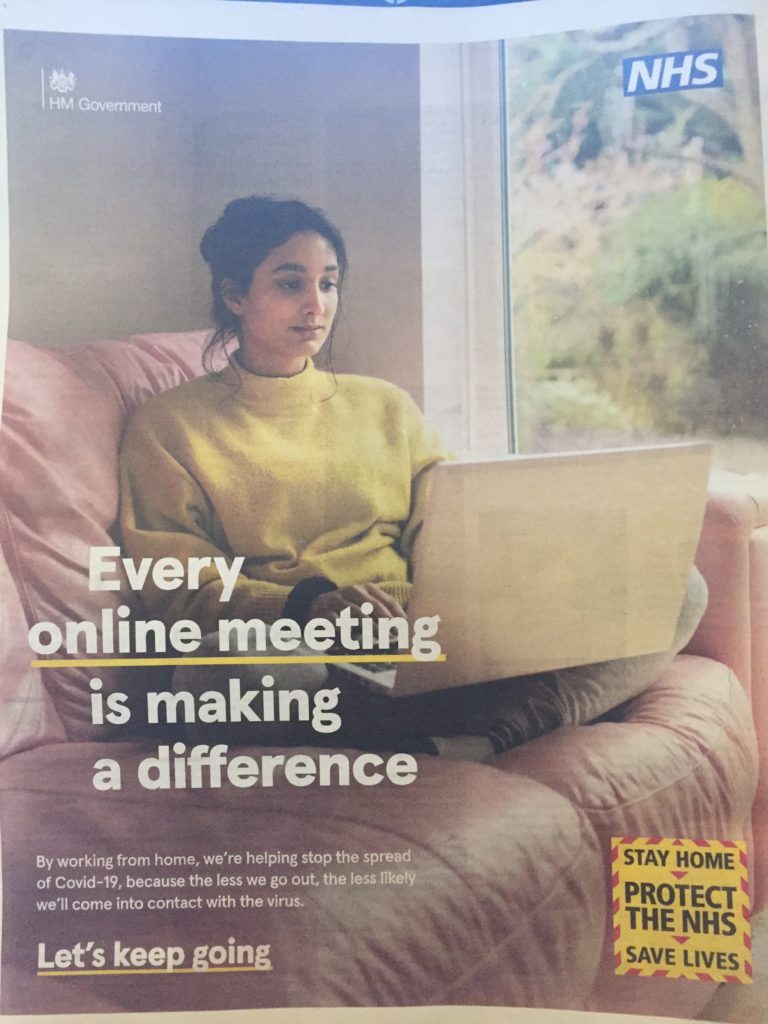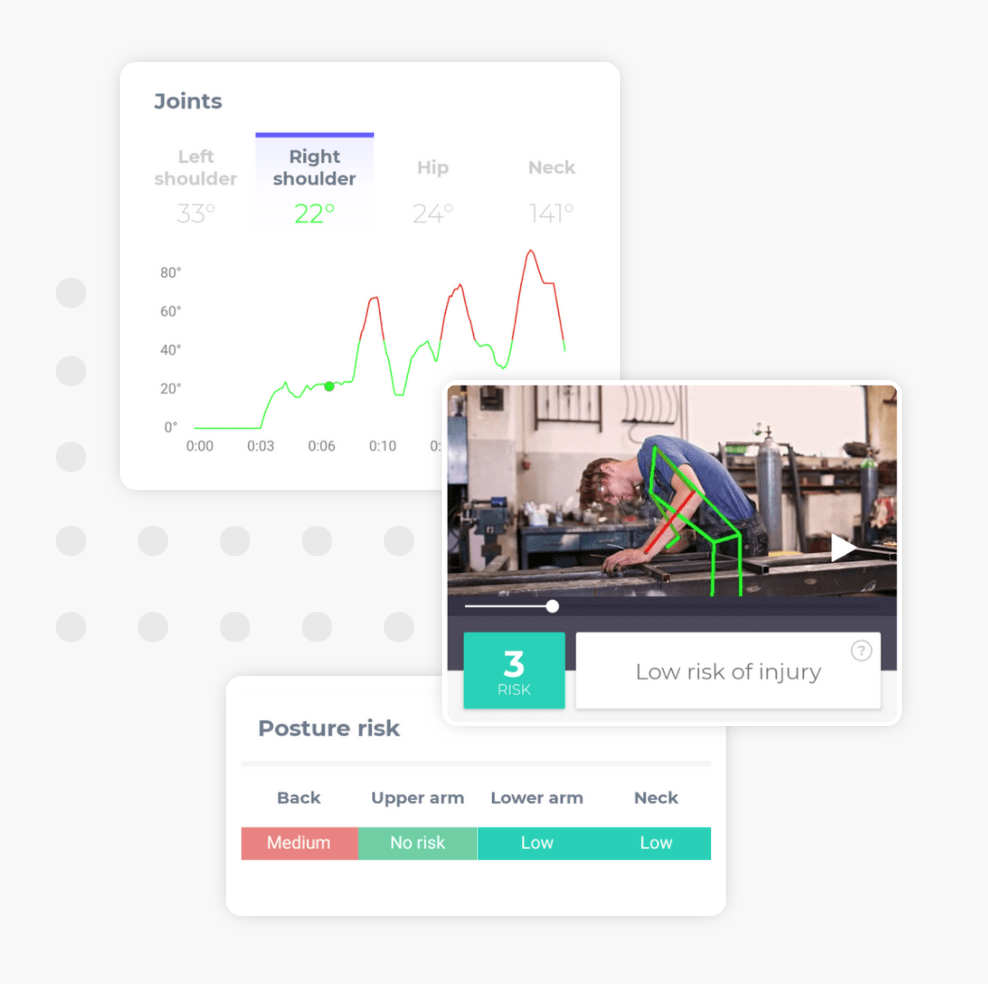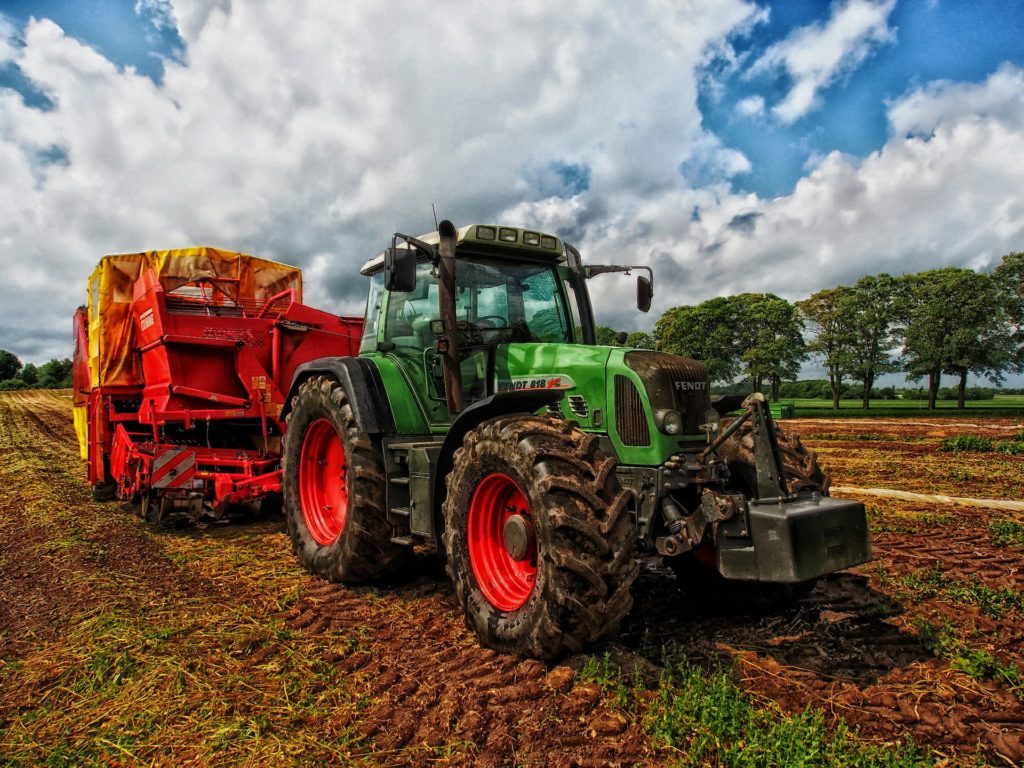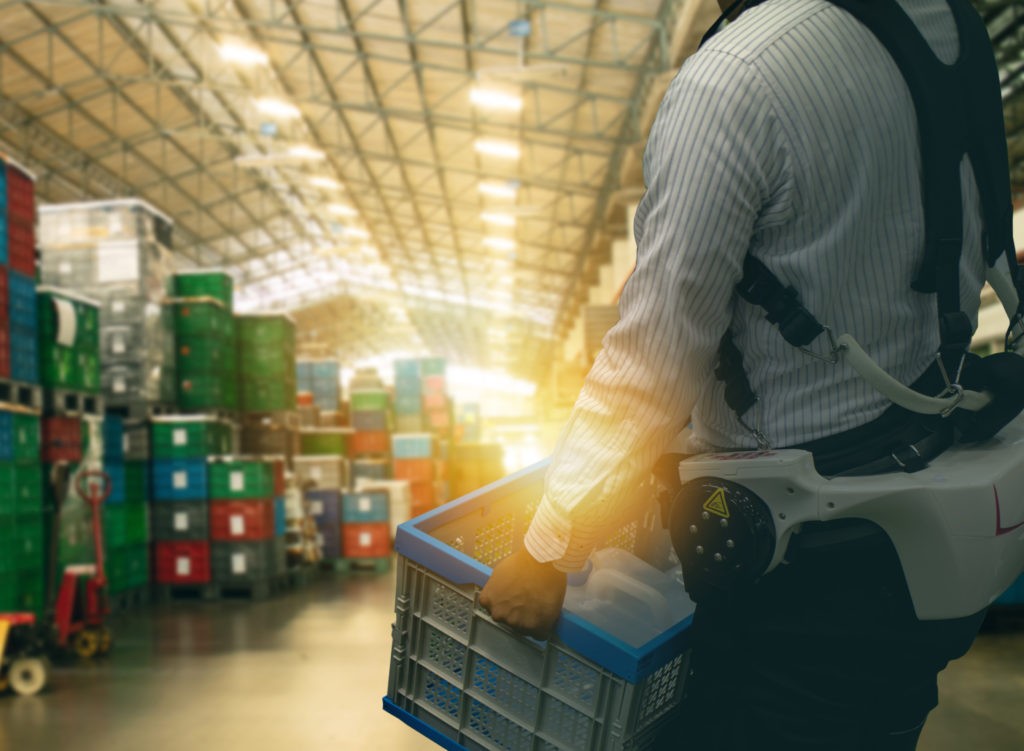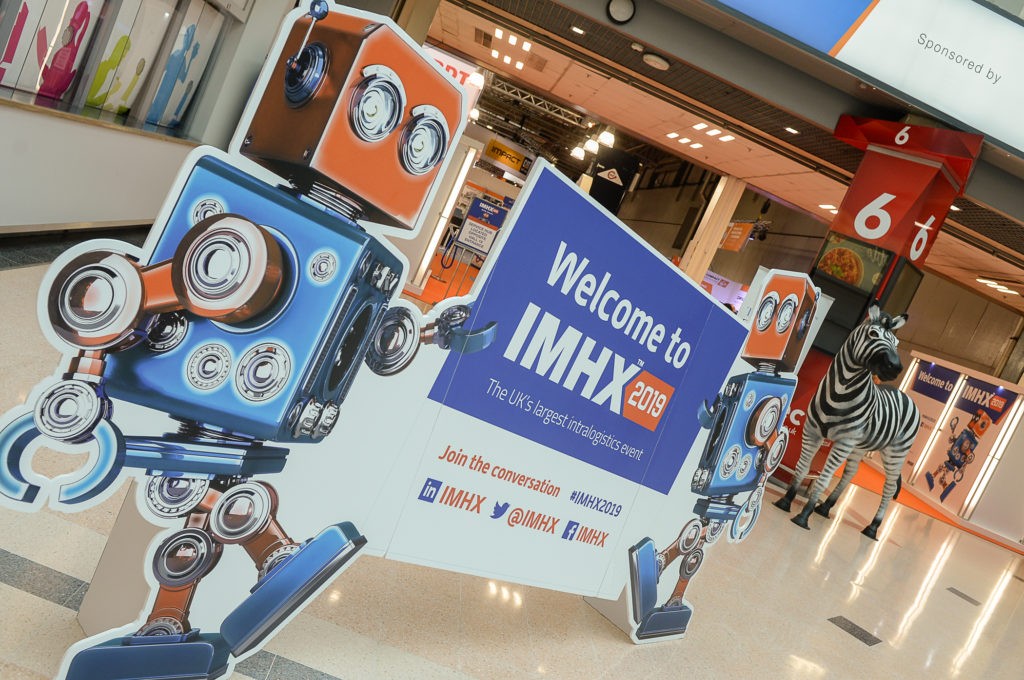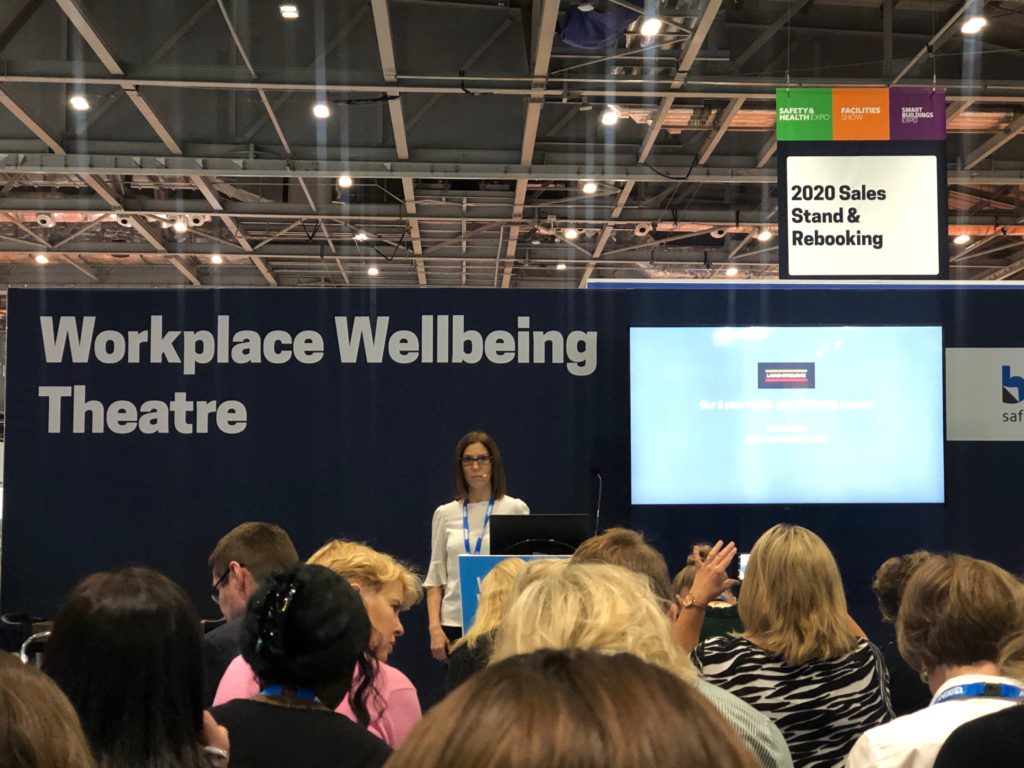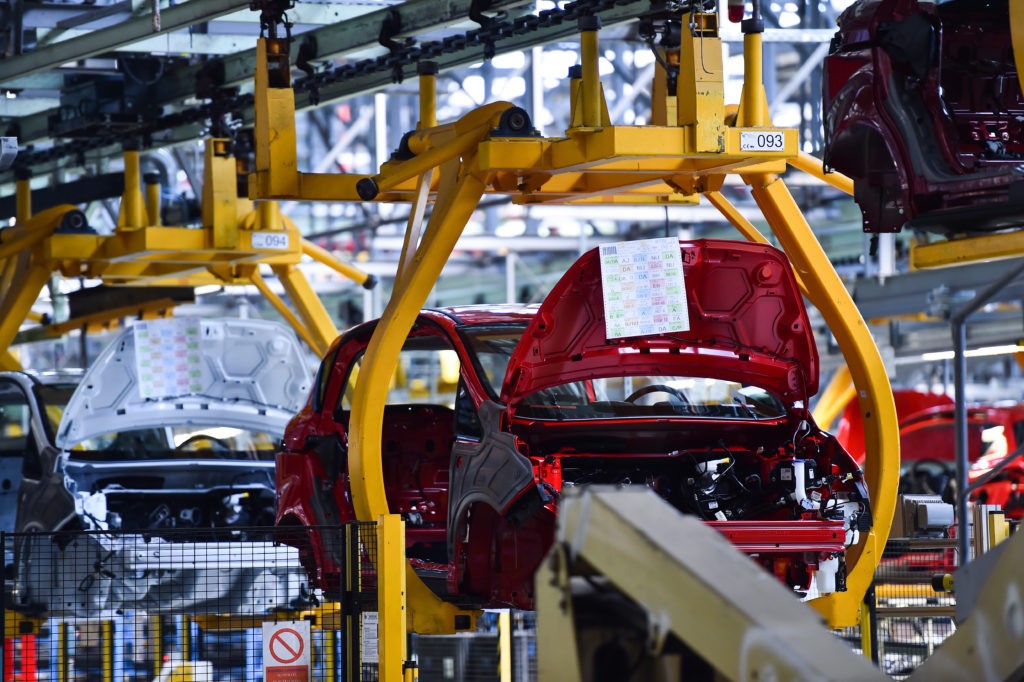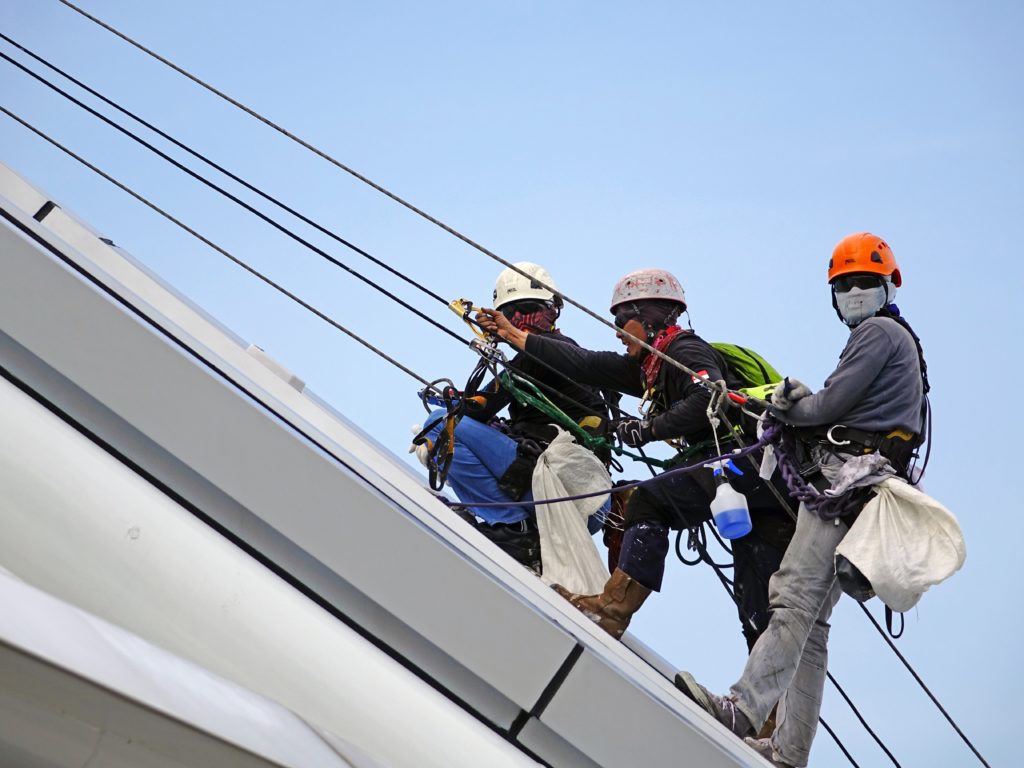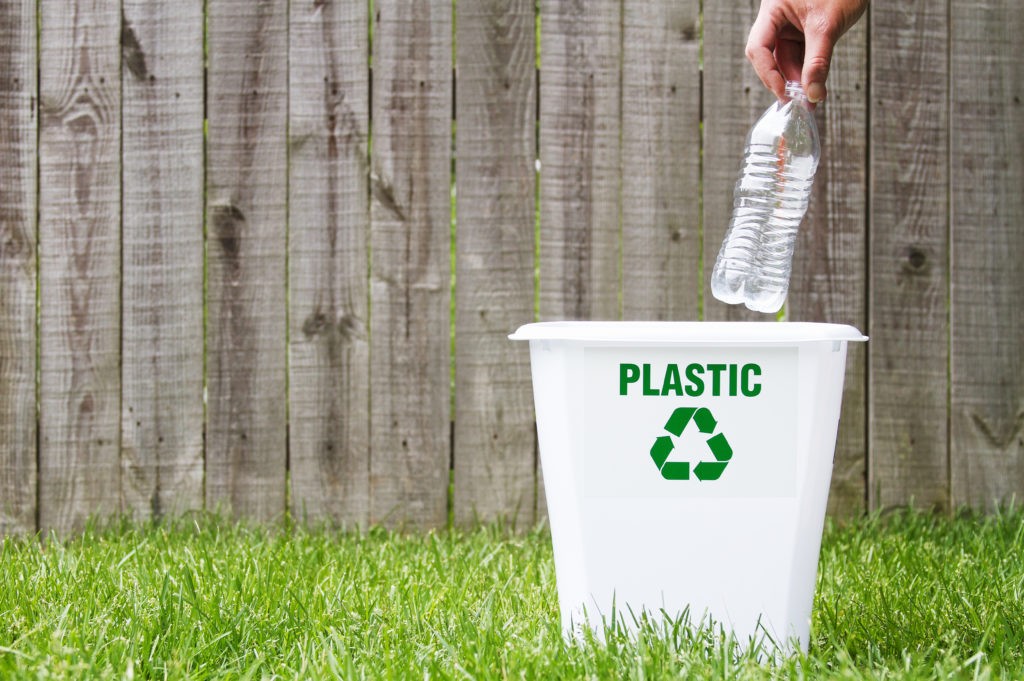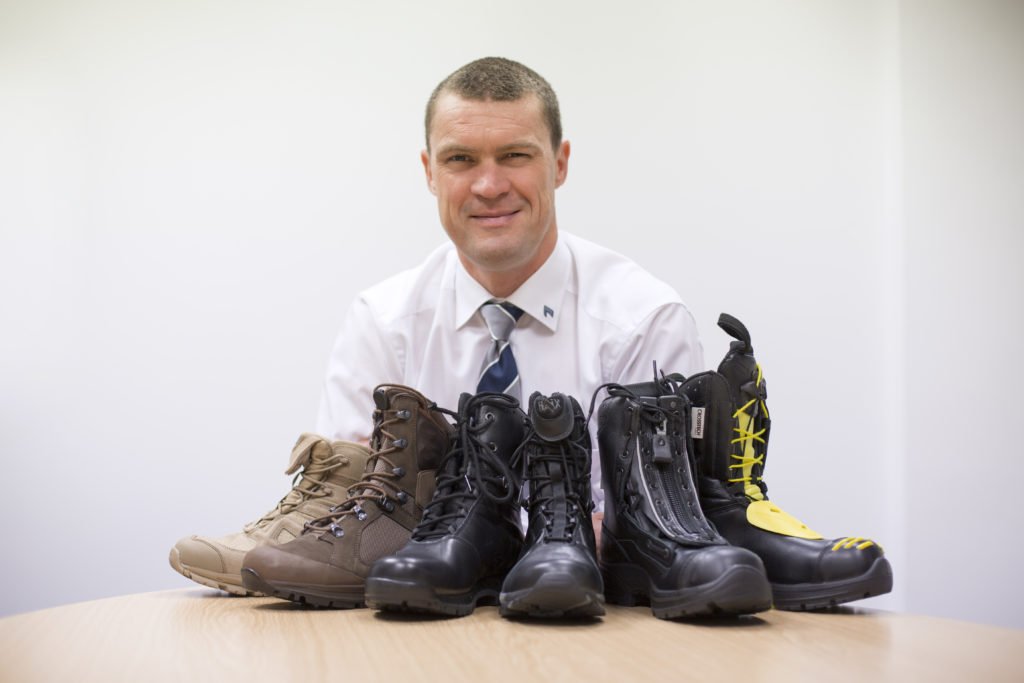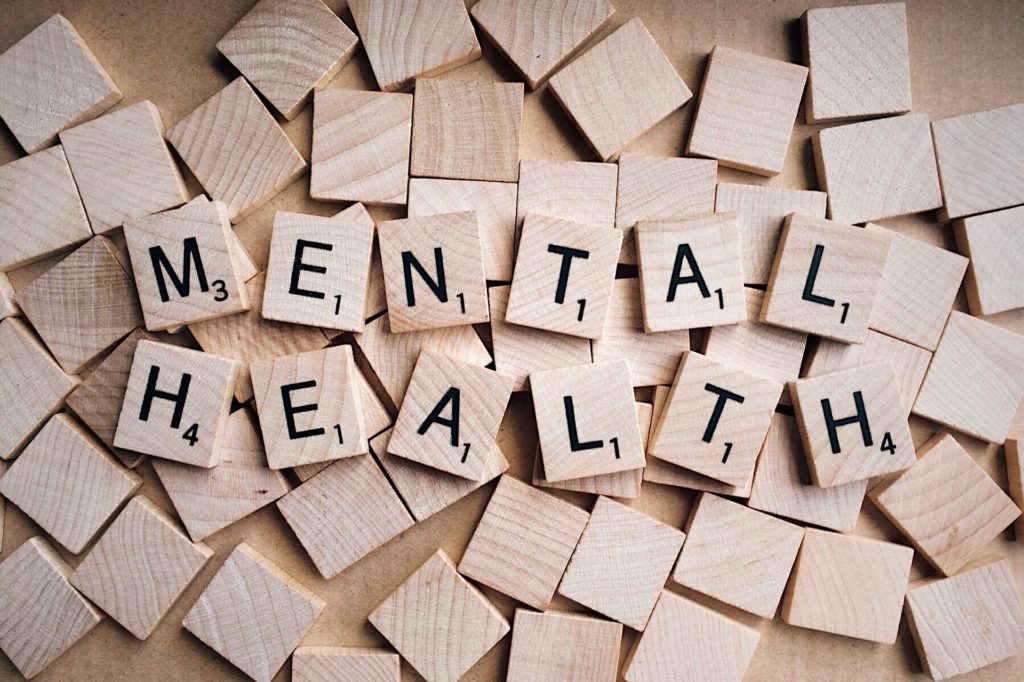Musculoskeletal conditions comprise more than 150 conditions that affect the locomotor system of individuals. They range from those that arise suddenly and are short-lived, such as fractures, sprains and strains, to lifelong conditions associated with ongoing functioning limitations and disability.
What are Musculoskeletal Conditions?
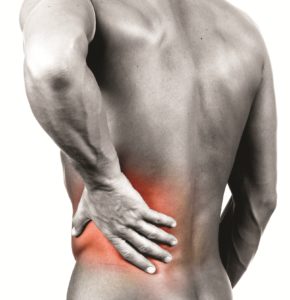
Musculoskeletal conditions are typically characterised by pain (often persistent) and limitations in mobility, dexterity and overall level of functioning, reducing people’s ability to work. Musculoskeletal conditions include conditions that affect:
- Joints, such as osteoarthritis, rheumatoid arthritis, psoriatic arthritis, gout, ankylosing spondylitis.
- Bones, such as osteoporosis, osteopenia and associated fragility fractures, traumatic fractures.
- Muscles, such as sarcopenia.
- The spine, such as back and neck pain.
- Multiple body areas or systems, such as regional and widespread pain disorders and inflammatory diseases such as connective tissue diseases and vasculitis that have musculoskeletal manifestations, for example systemic lupus erythematosus.
Musculoskeletal conditions are also the highest contributor to the global need for rehabilitation. They are among the largest contributors to the need for rehabilitation services among children and account for approximately two-thirds of all adults in need of rehabilitation.
According to the World Health Organization’s factsheet:
- Approximately 1.71 billion people have musculoskeletal conditions worldwide.
- Among musculoskeletal disorders, low back pain causes the highest burden with a prevalence of 568 million people.
- Musculoskeletal conditions are the leading contributor to disability worldwide, with low back pain being the single leading cause of disability in 160 countries.
- Musculoskeletal conditions significantly limit mobility and dexterity, leading to early retirement from work, lower levels of well-being and reduced ability to participate in society.
- Because of population increases and ageing, the number of people with musculoskeletal conditions is rapidly increasing.
- The disability associated with musculoskeletal conditions has been increasing and is projected to continue to increase in the next decades.




